Video Menu
My Favorite Videos
My Favorite Videos
Bubba Watson - Get More Extension
Sorry, you need to be a member to access this video.
You Are Just Seconds Away - Become a member here!
Already a member? Log in now

Congrats to Bubba Watson for winning the Hero World Challenge. In this video, I'll show you how to get better extension in your golf swing for more clubhead speed and accuracy.
- Release the wrists and forearms by allowing them to rotate over each other.
- Extend through impact by keeping your trail shoulder back.
- Allow the club to pull you into a finish position.
Hey everyone and welcome back to RotarySwing.
com.
This is RST instructor Chris Tyler.
And we are back with this week's tour analysis with the Hero.
World champion Bubba Watson, who just picked up his next victory on the PGA Tour this past weekend, so congratulations to Bubba.
This week we are going to be focusing in on one critical area of the golf swing known as extension.
We're going to be working on trying to alleviate some of those players that have been battling with a little bit of a chicken wing.
We're going to be also working on widening your swing arc so that you can have a ton more speed.
So if you've been battling with a little chicken wing or trying to figure out a solution to get more extension, then you want to pay close attention to today's review.
Let's go ahead and get started.
Okay, guys.
So as I said in the opener, our main objective today is going to be focusing in on how to get some good extension in your golf swing.
You may be asking yourself, why is it important to have good extension post impact?
And that's what I want to go ahead and define and explain first.
Anything that happens post impact is a good way for us to be able to reverse.
Diagnose things that are going on in your golf swing.
Or even from a self diagnosis standpoint, if you're watching your golf swing in the self analyzer, or you're just taking a good look at things.
It's a good way to be able to understand what you're doing through the release and through anything that happens down through the hitting area.
So that's what we're going to be focusing on today is we're going to be focusing on that one big critical area of the golf swing.
Because widening the swing arc actually helps us.
The wider the arc is, the more speed that you're going to have, and that's the reason why we really focus on it.
And then also, extension is really good for path standpoint.
If we see that you've been struggling with a little bit of a chicken wing, your trail hand can be pushing through the hitting area.
Which number one can slow your release down, and number two, it can shift your path.
Which makes it very difficult to keep the ball starting on line and keeping good control of things on the golf course.
So if you've been battling with a little bit of a chicken wing, or you've been really looking for a solution to get more, you know, more extension in your golf swing, this is a good example of it.
Now, Bubba's got obviously a little bit of an unorthodox golf swing and we could touch base with a lot of parts of his swing.
But we're just going to be focusing on what he does through the release of the swing this this week.
And you know, we could learn a lot from him the way he, he does things down the bottom of the arc.
So let's go ahead and take a look here.
Let's look at it from a face-on perspective first.
That's where our focus is going to be, and I'm going to have.
We're going to be really focusing in from about a chest height to chest height area this week.
So we're going to be looking at is what his hands are doing over here at the three.
So you're going to see as he starts to load up into his trail side here, keeps both arms extremely wide here.
Okay, this is a good example for a lot of those players that have been struggling with getting good extension.
Going back or widening the swing arc so that they can use it to start to narrow the arc on the way down.
But you can see that he keeps his trail arm very, very straight, really focusing on rotating, his body, gets to the top of his swing.
And I'm going to go ahead and pause right there, classic style move where he has a lot of right knee moving inward.
Okay, so now when Bubba gets to about chest height over here, on a down the line perspective, I do want to mark his shoulder line.
Because this is going to come in handy for us when we start to look at it on the other side.
All right so we've marked his shoulder plane here from a down the line perspective let's go ahead and work Bubba down into the release point of the golf swing so you're going to see a big right leg move here plants that thing gets his hands and arms pulling down into the hitting area got his golf swing he's got tons of leverage in it that's why he's able to make a lot of club head speed because he's using a big angle with lag and release and this is where he's going to start to really post up and fire the golf clip through the hitting area so let's go ahead and take a look at that now you can see that he starts to push into his right leg and then the release starts to happen now watch the wrists and the forearms rotating which is really critical for extension you can see that his left forearm is on top of his right you can actually see his his right forearm kind of poking out underneath there his left forearm is really rotated over the top of it and that is a pretty strong release from from a guy like Bubba so but let's let's even let's pay attention down here to the the down the line perspective I want to show you one of the areas that a lot of amateur golfers struggle with and this is the reason why you have such a hard time with getting good extension okay so here we are getting ready to release the golf club tons of leverage okay now we're going to start to really fire that angle now what I want you to pay attention to is this club now extending out in front of him so you see how this club is really working and extending his hands are staying out in front of him quite a bit now these next few frames are going to be the really big indicator what's going on so as soon as we get them to about chest height on the other side so now look at the shoulder plane being as almost as dead parallel as it was going back at chest height okay so why did this happen well this is a good good textbook way of allowing you to understand that more than likely what you've been so used to doing let me go ahead and move some of these lines off of here so we're going to go back over the face on perspective here more than likely what you've been focusing on or what you've been doing in your swing this is the reason why you've been struggling so much with getting rid of your chicken wing is that you've used your trail shoulder and your trail arm to push through the hitting areas so everything is pushing this way all right and that's the last thing that we want to do if you start to push really hard with your left hand or your left shoulder okay for right-handed golfers your right arm your right shoulder what that's going to do is it's going to number one change your path and it's going to change the way that you release the club and in turn it's going to make your lead arm start to break very quickly and when that happens then you start to run into that chicken wing you lose extension and in turn the arc is now narrowed back up and that's when you uh you start to struggle with speed and consistency so what we're trying to do here is we want and this is the reason why we talk about the body stalling out quite a bit is we want the hands and arms that we want the body to stall we want the hands and arms in the golf club to act independently from the body that's a big big misnomer of the golf swing is that we we don't want to keep our body rotating hard through the hitting area we want this club to be at max speed down here at the bottom of the arc and then anything that happens post impact is the club pulling us up into a finish so the point is the reason why i want to show you the shoulder plane over here is that if you've noticed that your trail shoulder is moving across your center then chances are you're using that side of the body to push through the hitting area you want to see that your shoulder plane is starting to steepen up and that's why we stay we focus so much on some nine to three golf swings so if you start to develop a good nine to three swing and you notice that your your trail shoulder is not pushing across your center and you're allowing the club to extend out in front of you then you're going to start to develop more speed you're going to have a wider arc and you're not going to be able to you're not going to battle that chicken wing any further so a good drill for you guys to try out is go ahead and put an alignment stick out here in front of you somewhere between the golf ball and your in your intended target sometimes it's even better to just put it out if you're a right-handed player just put it out to the right just a little bit left-handed players you can put it out to the left of your target line and what you're trying to do is when you extend through the hitting area you want to feel like your wrists and your forearms are rotating over the over the top of one another keep your head very quiet and try to feel like you're reaching out to hit that alignment stick maybe seven to eight feet out in front of you that's a good way to focus on it and what you're going to start to feel is you'll start to feel some stretch in your in your lead side obliques and that's a good that's a good thing because that stretch is now telling us that you're you're keeping the shoulders from rotating across your center and that's going to start to make your shoulder plane turn much steeper so that's a great way for you to start to be able to widen your swing arc up is work on trying to get your body to feel like it's stalling allow the hands and arms to feel like they're releasing your wrist or forearms should feel like they're rotating through the hitting area and do your best to feel like you're keeping your trail shoulder back as long as possible and allow the club to pull you up into a finished position okay so a couple videos I want you guys to check out this week we have the long arms drill all these videos are going to be over in the recommended videos tab to the right hand side of the video player we got the nine to three drill those are two good videos to help you really focus on getting some good extension making sure that you have good control the bottom of the swing arc and then also we've got another good video that has been one of the member freight favorites that's the wide narrow wide swing shape it's a it's a common swing shape that's used amongst all the all the tour players that we see and it's a great way to start to develop some more lag and then also work on getting some extension post impact as well so all right guys so now you've seen it you want to make sure that you're not using your your trail shoulder trail arm to push the club club through the hitting area work on getting that good release and that good extension and you'll be out there hitting it much further with much more control








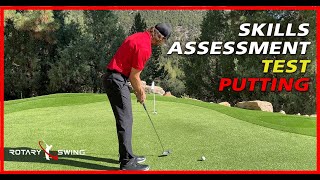


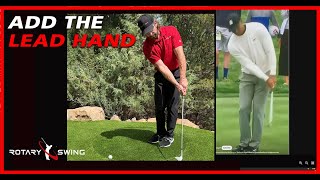


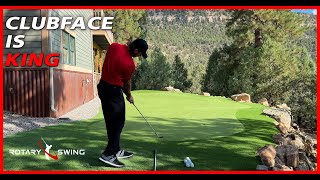








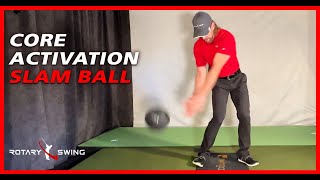





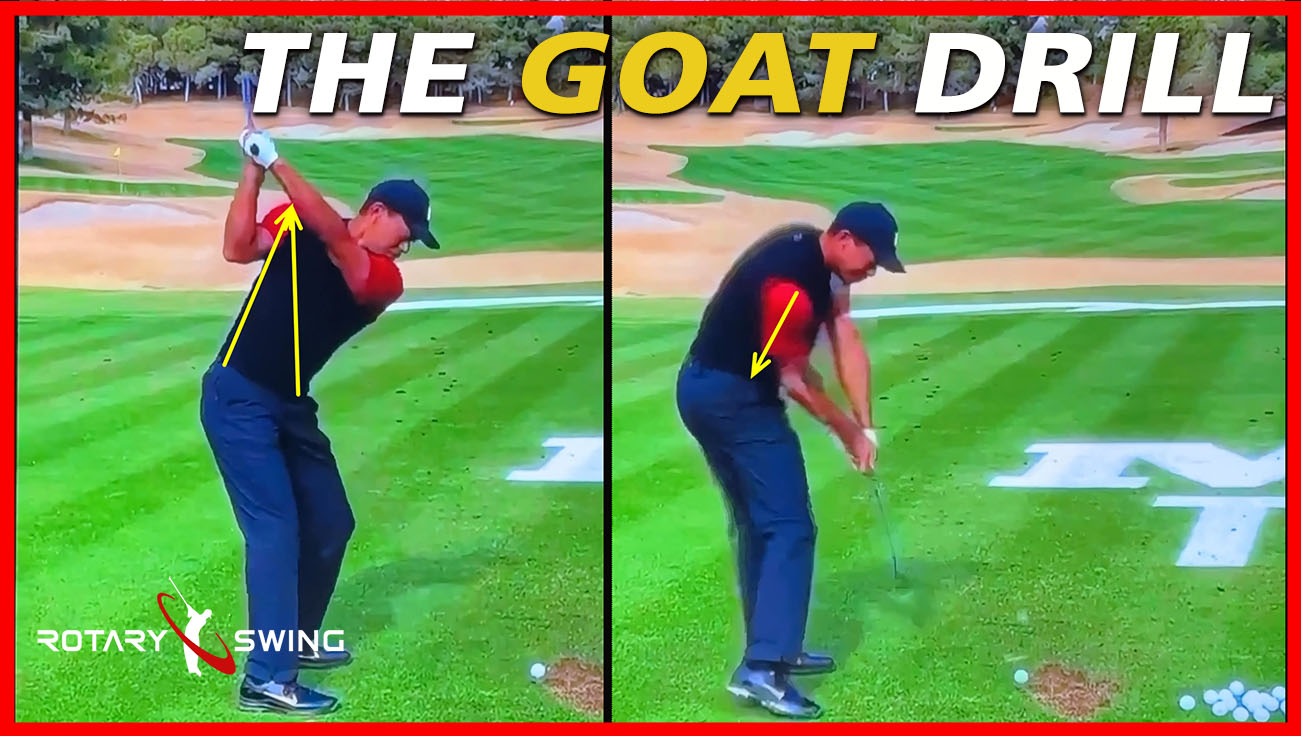


















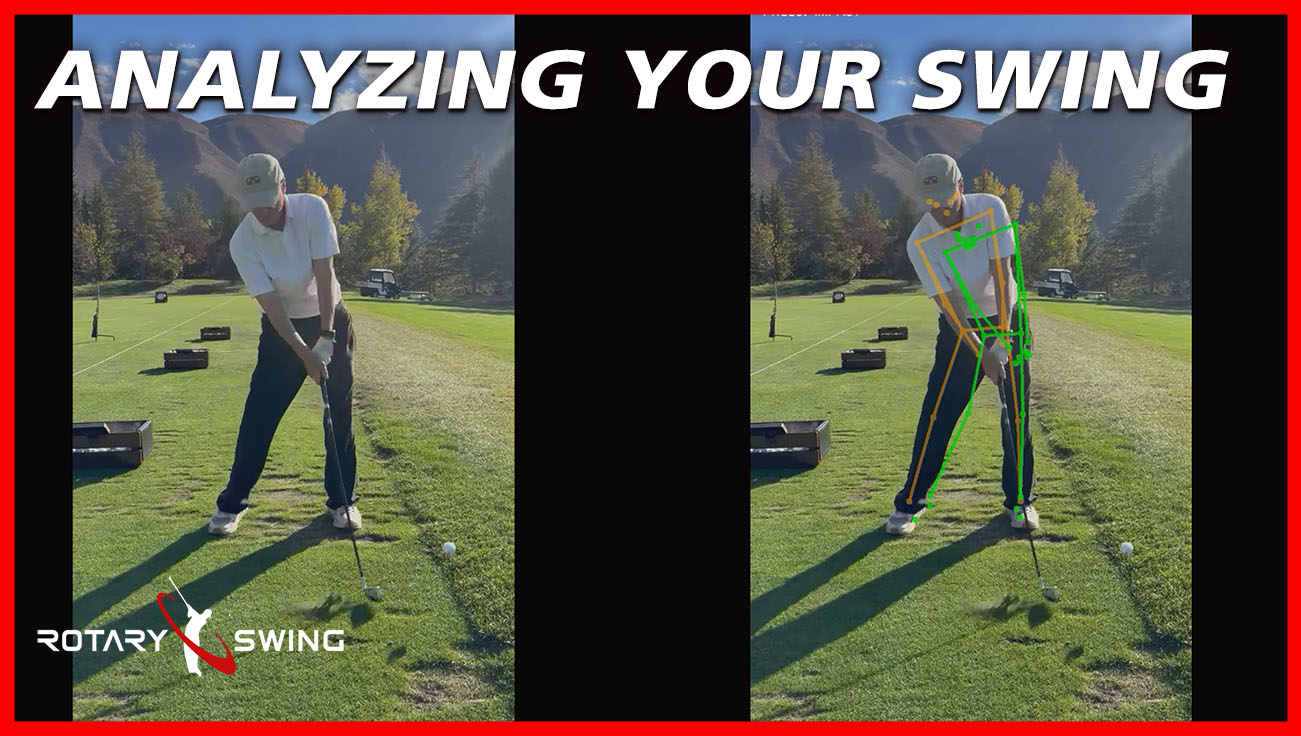






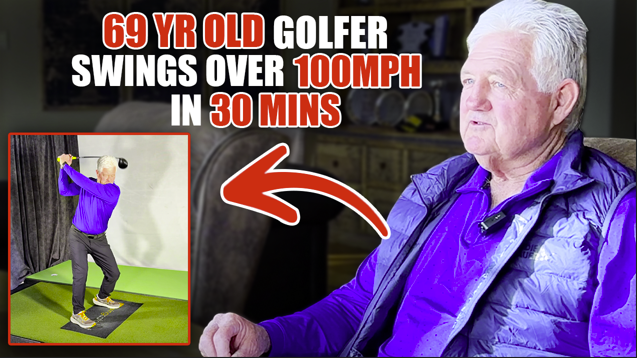
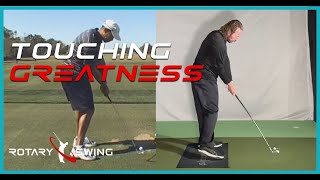

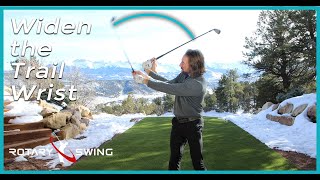



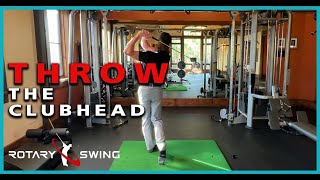







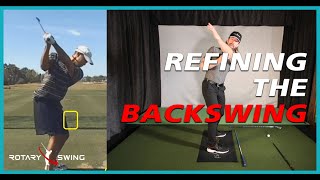







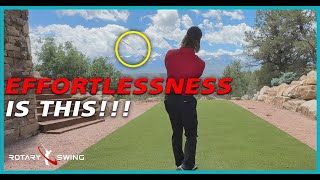
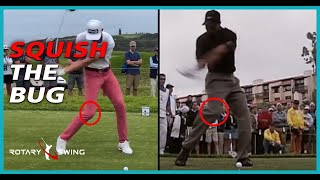
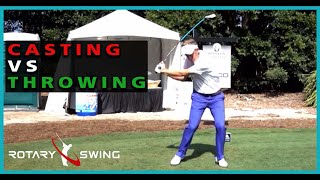



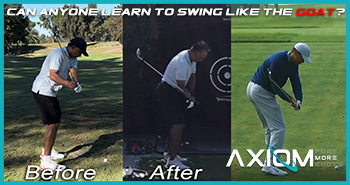






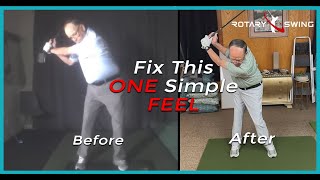











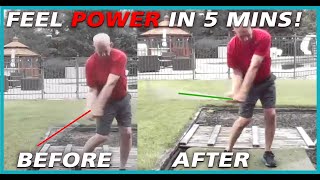


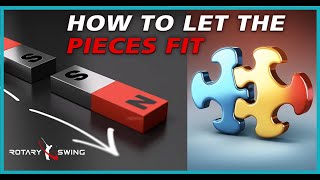






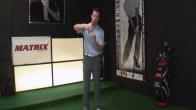













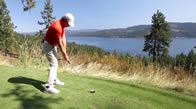



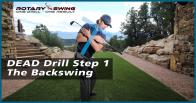

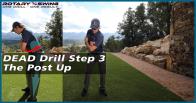










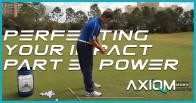











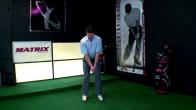



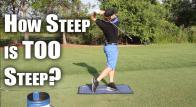


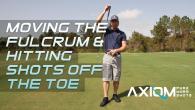



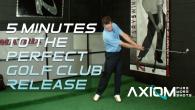

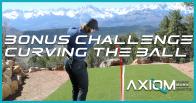






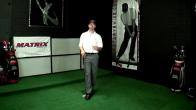









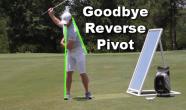





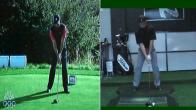



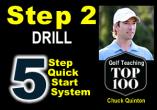






















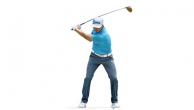

































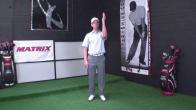




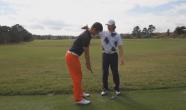





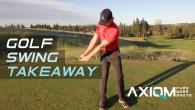









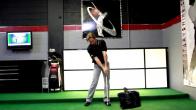



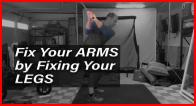


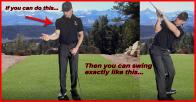




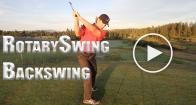

















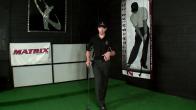






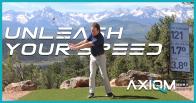
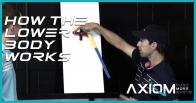












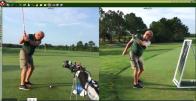






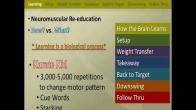
















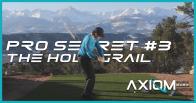

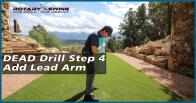


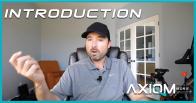

















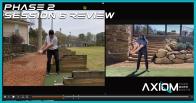







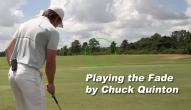











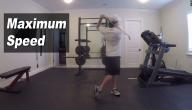

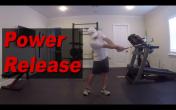
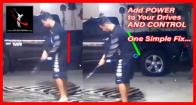


















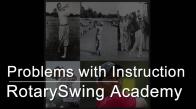



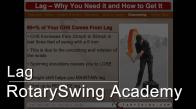



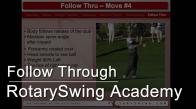






















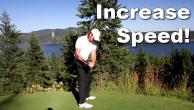



















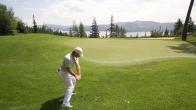





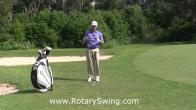











JON
Craig (Certified RST Instructor)
joseph
Craig (Certified RST Instructor)
John
Chris (Certified RST Instructor)
Anthony
Chris (Certified RST Instructor)
Anthony
Chris (Certified RST Instructor)
Thomas
Chris (Certified RST Instructor)